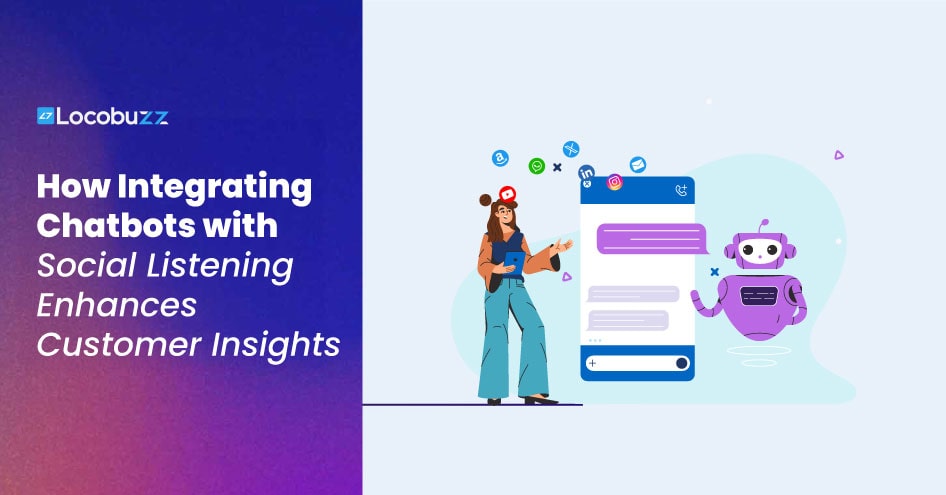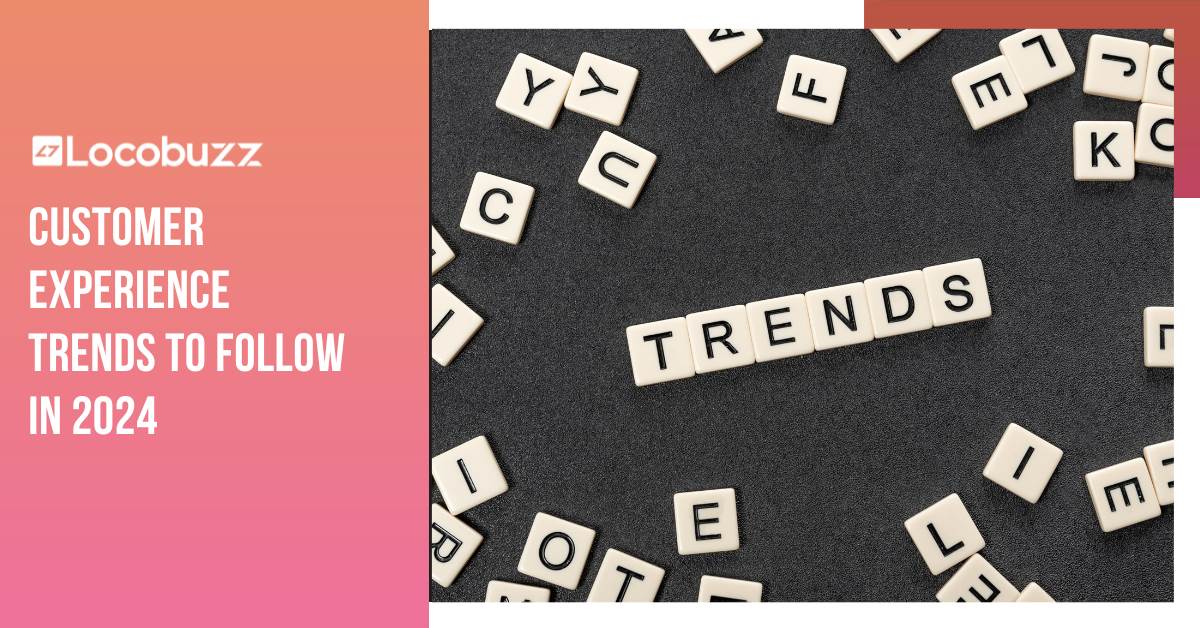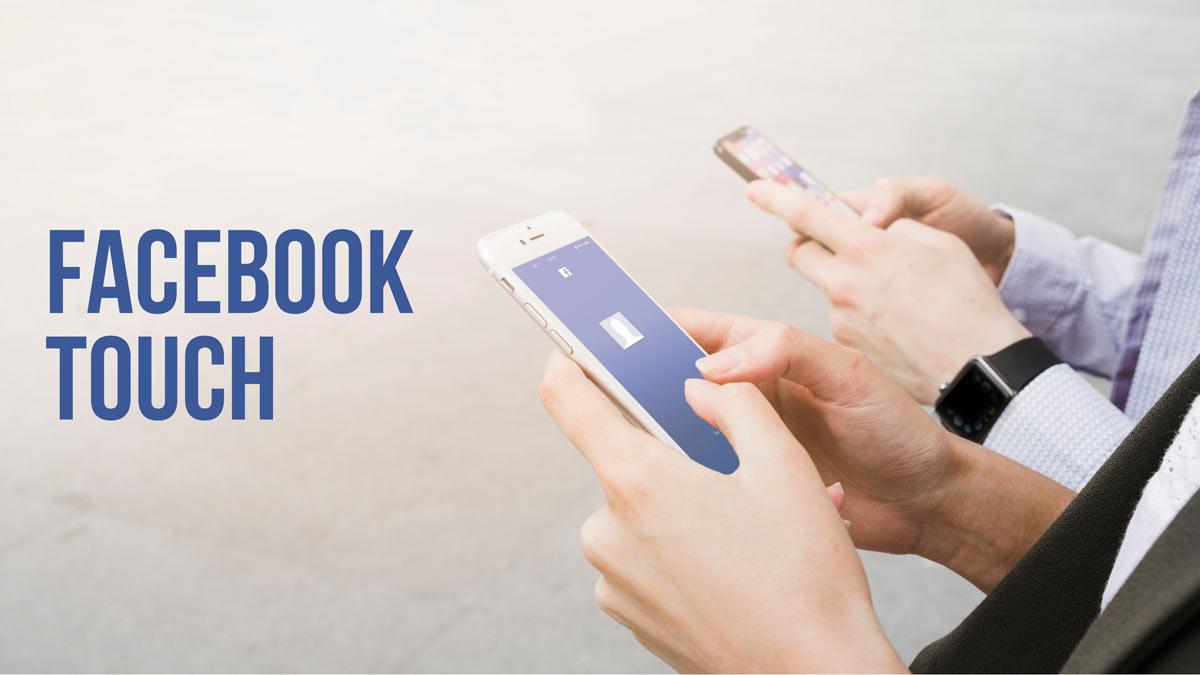Chatbots and social listening have always worked in silos. One engaging with customers in real-time, the other monitoring conversations from afar.
Bring them together, and it can help brands move customer insights from surface-level to deeply actionable. How does this shift take place?
Chatbots help in capturing signals – customer intent, frustration, and emotional tone. Social listening identifies these signals and analyzes the pattern in them. Combined together, they give customer insights that are context-driven and action-ready.
What does this mean for you? It helps you understand your audience better. You don’t just understand what customers are saying, but why they say it, and how you can respond to it in real-time.
However, social media listening and monitoring tools weren’t always this powerful. Before its integration with chatbot marketing, it followed a one-way process. With the rise of AI, social media listening tools have evolved drastically.
The Evolution of Social Listening: Before & After Chatbot Integration
Before, only listening to conversations was a passive activity. It captures signals, but doesn’t complete the feedback loop. But, when chatbot marketing is integrated with real-time social listening, this loop closes.
Customer data is observed and acted on in real-time, enhancing customer response management. Basic social media monitoring got transformed into proactive AI-powered social listening for real-time insight generation.
Before: Traditional Social Listening
- Fragmented view of customers Customer data sources were limited to tweets, reviews, hashtags, mentions. While these were useful, they created an incomplete view.
- Reactive social media monitoring Brands spotted issues only when a customer reached out or when the issue had already escalated. By this time, the brand’s image was already damaged.
- Shallow sentiment analysis Social media listening tools flagged sentiments as positive, negative, neutral, but missed urgency, loyalty signs, and intent
- One-way process Traditional social media monitoring tools only tracked conversations and social media listening tools only listened to conversations. Both tools didn’t engage with customers in real-time.
- Slow time-to-action Even when insights were generated, teams took a lot of time to analyze text and interpret tone. This delayed the decision-making time and actions were taken too late.
After: Social Listening with Chatbot Integration
- Unified customer intelligence Chatbot conversations were fed into social media listening tools, combining public chatter and one-on-one conversations, giving a 360-degree view.
- Proactive customer engagement Instead of waiting for problems to rise, chatbots started to capture them first. This meant brands could resolve issues before they escalated, protecting loyalty and reputation.
- Richer contextual insights Chatbots detect urgency, context, and customer intent. With social media listening tools it gives: what customers feel, why they feel that way, and how it’s spreading.
- Two-way engagement loop Chatbots engage instantly while listening tools analyze patterns, making conversations smarter and personalized.
- Real-time actionability With chatbot marketing integration into social media listening tools, spikes in conversations trigger instant alerts to teams- enabling faster resolutions, lower churn, and higher satisfaction.
How Chatbot Integration with Social Listening Enhances Customer Insights
By combining two critical data streams – chatbot conversations, which give one-on-one customer conversation insights and social listening, which gives public, market-wide insights, brands are able to enhance customer insights.
- Chatbot marketing integration with social media listening tools helps in capturing not just sentiment but also customer intent, tone, urgency, and loyalty signals – delivering richer and contextual customer insights.
- On one hand, chatbots engage instantly, while on the other, listening analyzes patterns of those conversations to create smarter and more personalized interactions – enabling continuous improvements through customer insights.
- Issues that are tagged through chatbot conversations trigger alerts and automate workflows for better customer resolutions, enabling real-time actionability on customer insights.
- With continuous customer insights incoming from both streams, brands are able to anticipate customer churn, buying readiness, and personalize messages in advance.
- Beyond immediacy, integration also creates a closed-loop learning system, where every chatbot interaction enriches the listening engine. Over time, this builds a self-correcting cycle that improves both customer engagement and response quality.
- Finally, it allows brands to balance the market pulse with customer depth. Social listening highlights macro shifts across industries, while chatbots surface micro-level friction points from individual customers. Together, they provide a 360° lens into both broad trends and personal experiences – the dual perspective that drives real competitive advantage.
Among the many customer response management platforms available today, Locobuzz stands out as a powerful omni-channel customer engagement platform.
The platform takes social listening beyond tracking mentions by combining it with AI-driven analytics and intelligence. It unifies every customer touchpoint, listens to what customers are saying, and gives brands the ability to uncover intent, urgency, and emerging trends while engaging with customers proactively. The platform highlights patterns and pain points – enabling brands to anticipate churn, optimize campaigns, and refine products in real-time. It is one of the best customer engagement platforms that most brands trust today.
The Competitive Advantage
Instead of relying on static reports, dashboards, or disconnected engagement, brands can capture intent, sentiment, and feedback the moment they surface, and respond with context that drives conversions and loyalty. For this to become possible, brands need to integrate chatbots with social listening tools today. This is the key that can help them turn scattered conversations into actionable customer insights.
If brands want to win today, they must treat every customer interaction as a conversation as well as a strategic data point. By integrating proactive chatbots with social listening, you don’t just engage with customers, but understand them at scale – and that is your biggest competitive advantage.













